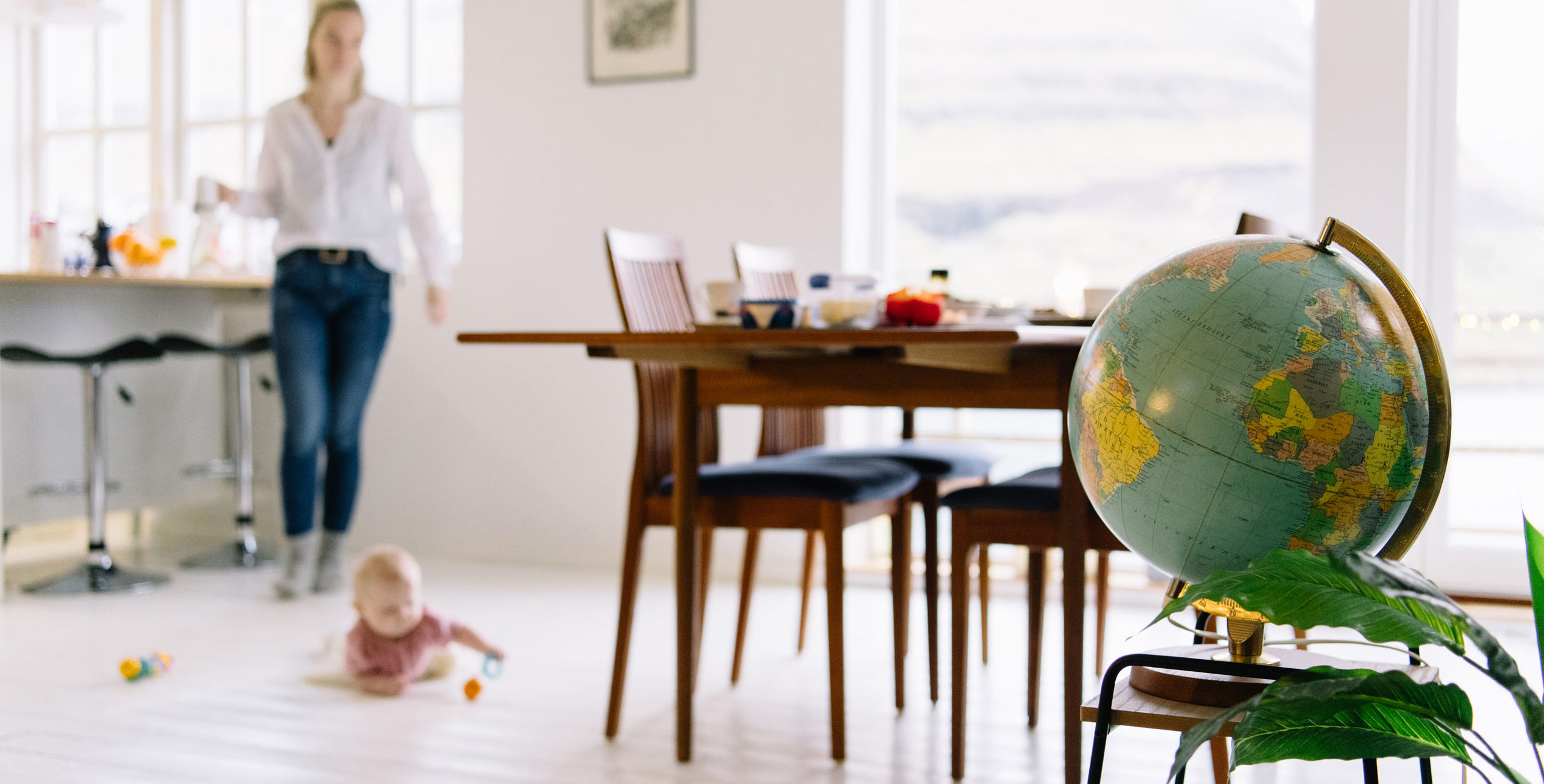
The Faroese society is founded on the Scandinavian welfare model. The living standard in the Faroe Islands is ranked amongst the highest in the world based on GDP per capita.
Citizens and residents are entitled to a range of publicly financed services such as social security, healthcare and education.
Education is considered a universal human right, and schooling on all levels from primary school to higher education is free of charge for everyone.
The aim of the Faroese education system is to ensure every individual has the opportunity to explore his or her own unique potential.
The Faroe Islands have villages and towns of varying sizes; schools, hospitals, shops, restaurants, museums, cinemas, TV/radio, telecommunication, factories, construction companies, and IT-developers – In short, all the usual trappings of a modern Western country, only a lot smaller.
Upon arrival, steep cliffs, green hills and crisp north Atlantic air is what greets visitors. After meeting the locals, it soon becomes clear, that nature is not only refreshingly close visually, but also a decisive factor in shaping Faroese culture.
If you stay for a while, you might get a sense of how the islanders intuitively incorporate nature in their cultural constructions.
“The ocean sang me a lullaby; the surf lulled me to sleep”, Jákup Dahl writes in a romantic song of man’s lifelong relation to the sea.
In the Faroes, you can never get further than five kilometres away from the ocean. All except one of the villages are located by the seashore, and the view of the open and infinite ocean is part of everyday life. The ocean, inescapable, represents all powers in life – dangerous, yet unavoidable.
Nevertheless, the setting itself on small remote islands also induces a feeling of freedom and separation from the ‘rest of the world’. Small as they might be, the fact that there are eighteen islands opens up for large internal cultural variation.
As poetically narrated by the beloved author William Heinesen: the Faroe Islands are “like a grain of sand on a dance floor”, but a close look at the grain will uncover a world of small picturesque villages and valleys, mountains and fjords.
From the inside, in other words, the Faroe Islands do not seem small nor homogeneous at all.
Tradition and modernity side by side
The Faroe Islands may be remote and even exotic to some, but they are simultaneously well positioned strategically in the middle of the shipping lane between the American continent and the European continent, and nowadays they are but a couple of hours’ flight from the big cities in Northern Europe.
However, centuries of relative isolation from the outside world has resulted in the preservation of ancient traditions that to this day shape life in the Faroes.
The unique mixture of tradition and modernisation makes the Faroe Islands stand out amongst other nations, creating a population with a very strong identity – where teenagers still proudly wear the national dress on national holidays, while they also stay updated on Twitter and Snapchat, just like any other modern teen.